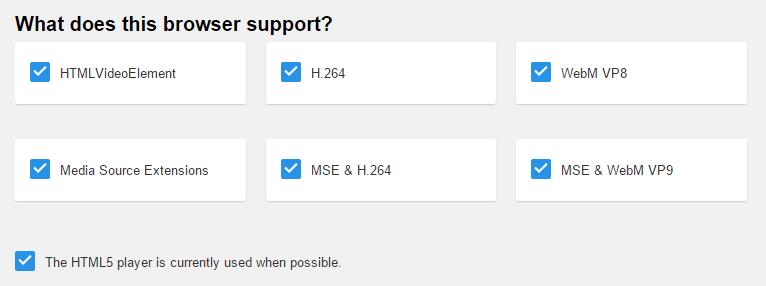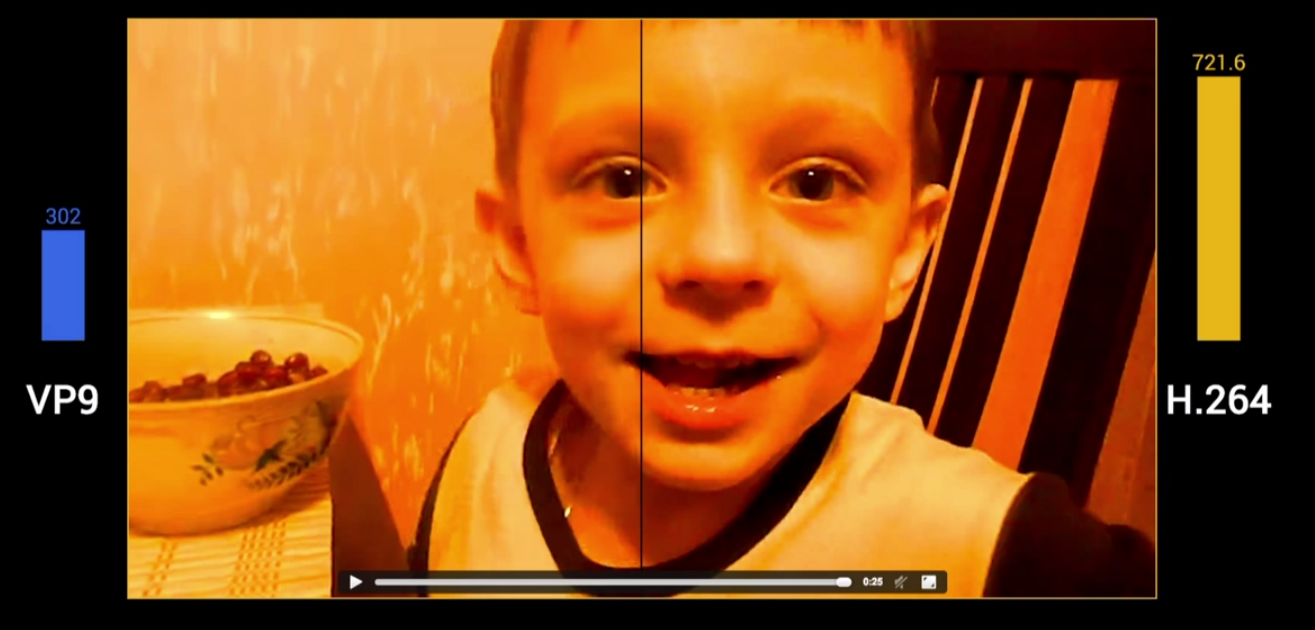Here is one more nail in Flash’s coffin: starting today, YouTube defaults to using HTML5 video on all modern browsers, including Chrome, IE 11, Safari 8 and the beta versions of Firefox.
YouTube first introduced HTML5 support back in 2010. At the time it was still highly experimental. Over the years, as the HTML5 standard — and with it, its video implementation — matured, browser vendors started adding some of the features that were still missing in the early versions. For YouTube, that was support for Adaptive Bitrate, for example.
The same technology that powers adaptive bitrates also makes it possible for YouTube to live-stream video to the Chromecast and game consoles like the Xbox and PS4.

HTML5’s Encrypted Media Extensions have been somewhat controversial in the web standards community because they enable DRM support in web browsers. But as YouTube engineering manager Richard Leider notes in today’s announcement, support for this feature now enables the service to use a single video player across a wide range of platforms.
“Combined with Common Encryption, we can support multiple content protection technologies on different platforms with a single set of assets, making YouTube play faster and smoother,” he writes.

By switching to HTML5, YouTube can now also make wider use of Google’s VP9 video codec. YouTube says this switch allows videos to start 15 to 80 percent faster and reduces the average bandwidth needed to stream a video by 35 percent. That may not seem like a big deal right now, but once you start streaming 4k video, that 35 percent reduction could be the difference between enjoying the video or staring at the “buffering” screen. YouTube started streaming VP9 videos in 2013 and has since served “hundreds of billions of VP9 videos.”
Now that HTML5 video is the default on YouTube, Google is deprecating its old-style <object> Flash embeds and its Flash API. YouTube recommends you only use its <iframe> embeds to embed videos going forward because that allows it to use whatever technology your visitors’ browsers support.
